Outside Zone: Why Kentucky Grounded the New Run Scheme
The mantra of Kentucky’s offensive evolution under Liam Coen is effectively marrying the run with the pass. The Wildcats have done that for the most part in 2021, creating much-needed balance (56-44 run-pass ratio), but it’s been accomplished in an unexpected way. Instead of leaning all the way into the outside zone, the Wildcats have kept it tight and by using inside zone runs between the tackles.
Outside Zone Basics
Not all running plays are created equally. Under Eddie Gran Kentucky primarily used a north-south attack, running it right down opponents’ throats with the inside zone. The blocking scheme opens up holes for running backs quickly, limiting the effectiveness of play-action pass.
Coen left the Los Angeles Rams with plenty of experience running the outside zone blocking scheme. Instead of going right at defenses, the offense tries to stretch the defense horizontally. The offensive line creates seams, opening cut-back lanes for the running back. A slower developing play, it forces defense to take another second or two to defend the run, giving the quarterback time fake the hand-off and throw it downfield to his wide receivers.
The initial plan was to root the rushing attack in the outside zone to create more play-action pass opportunities. There are three reasons why it did not become a featured part of the UK offense in Coen’s first season in Lexington.
A New Play for the Offense
Kentucky had to learn an entire new offense during spring practice in fall camp. Developing the pass game was priority No. 1. The Wildcats learned how to block the basics in wide zone, but SEC teams don’t stick to the basics. After five years in the same offense, Luke Fortner believes the team has adjusted well. The Cats just need more time to learn the nuances out of the outside zone scheme.
“You think about the offense before this, we spent five seasons and offseasons running it and had it down perfectly,” Fortner said on Kentucky Roll Call. “Now, imagine what we can do once we have Coach Coen’s offense in for two, three seasons and offseasons. Now next spring when guys come in it’s not like all of the returners aren’t going to have to sit there and re-learn the new plays.
“They’re going to get to run the plays they already know into different looks, into different things our defense is doing and learn just the little nuances and wrinkles that come along with it that we didn’t get to go over this offseason and this fall camp because we were so worried about — what is this play called, you know?”
Defenses Present Problems
Not every play works against every defense. Against Tennessee, Fortner was asking Coen to run more outside zone, based on what he was seeing from the Vols. It resulted in 225 rushing yards. The exact opposite happened when the Wildcats tried to attack Georgia on the edges.
“Wide zone is great, but it’s a play that’s a little bit of a feast or famine at times because you can get some TFLs and I just don’t love being lateral and when you’re playing against pressure teams,” said Coen. “If it’s internal pressure, it’s okay. But if it’s external pressure teams, you get thinned down on the edges very quickly. That’s something that it’s just more so based on teams that we’re playing.”
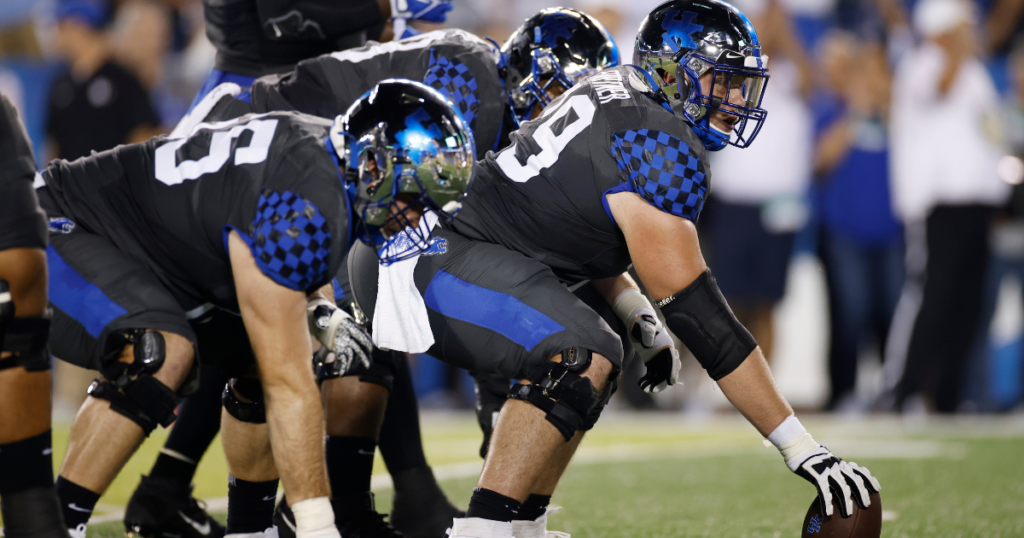
Personnel Fits Inside Zone
If it ain’t broke, don’t fix it. Even though it’s much easier to operate play-action out of the outside zone, completely abandoning inside zone with Chris Rodriguez at running back would be cutting off the Wildcats’ nose to spite their face.
“It’s a new play for our offensive line. It sets up well with all of the play-action,” Mark Stoops said on his call-in show. “We have run a decent amount of wide zone.”
Most of the time Kavosiey Smoke has received the outside zone reps. He put it to good use against LSU, rushing for 104 yards.
“We need to continue to work that and bring them along. It is a key piece to take our offense to another level, but it also takes a little bit of time and a little different recruiting of offensive linemen. We’ve been extremely big, physical, inside power running team with tight zone, split zone, power, counter and the wide zone is certainly a little bit different, but it’s an important piece for Liam and for our offense.”
Kentucky is confident that additional reps during bowl practice, spring practice and fall 2022 camp can develop that aspect of the offense. Until then, UK will use what works best.
“The (Kyle) Shanahans and Sean (McVay), that’s really that’s who they are, is a wide zone team with wrinkles of gap schemes and tight zone,” said Coen. “We’re built differently up front in the mentality, and just how these guys have played over the years. We’re better at tight zone and running some gap schemes with mixing in wide zone as opposed to our staple.”
Fortner added, “This year we fell back on inside zone because we’ve done it for so long and most of the time it’s working. Having that outside zone is an option for us in terms of switching it up, keeping the defense on their heels and I think once you see a whole ‘nother offseason of it you’re really going to see it come to life the next couple of years.”
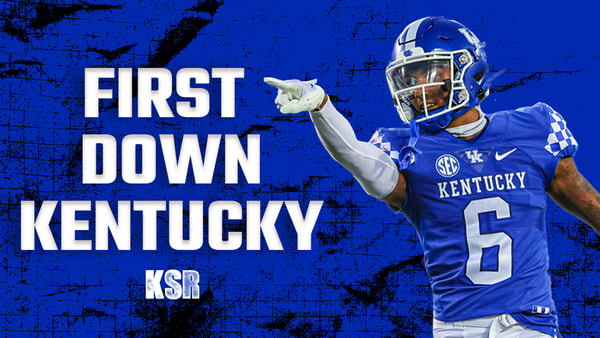
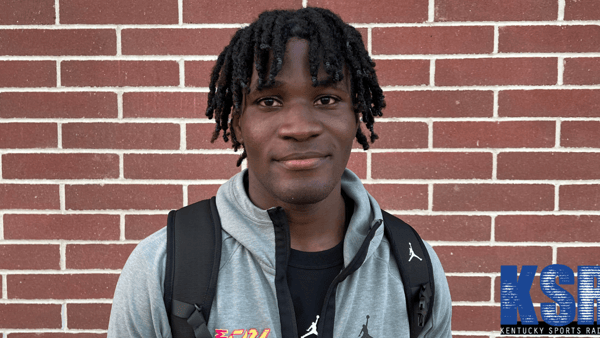
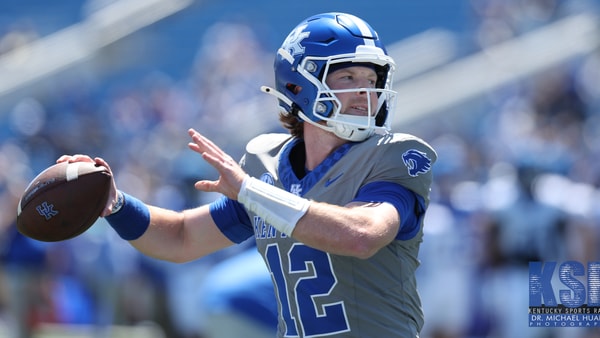
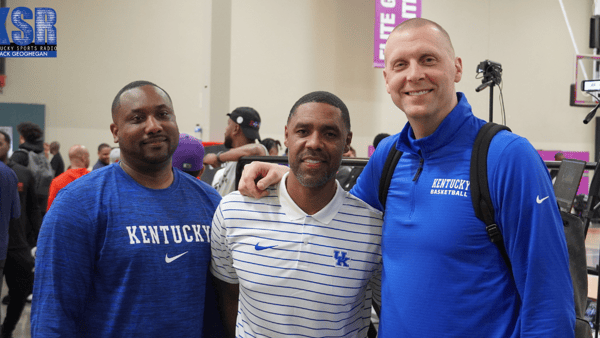
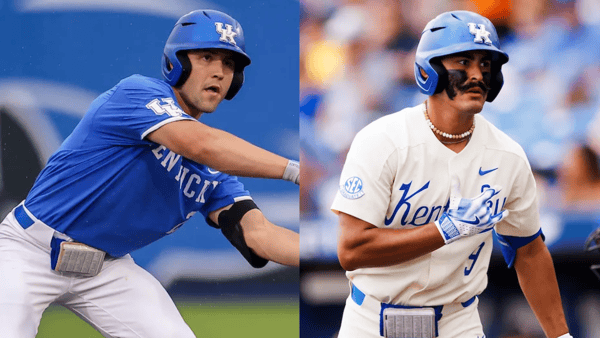
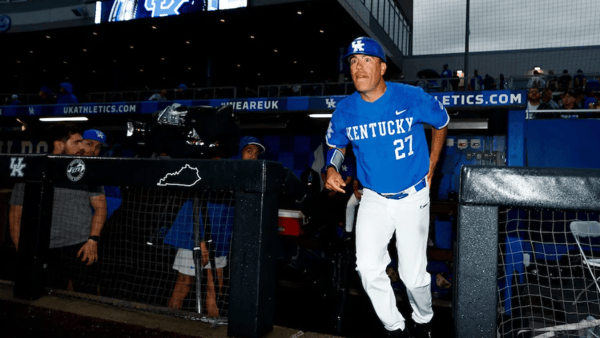
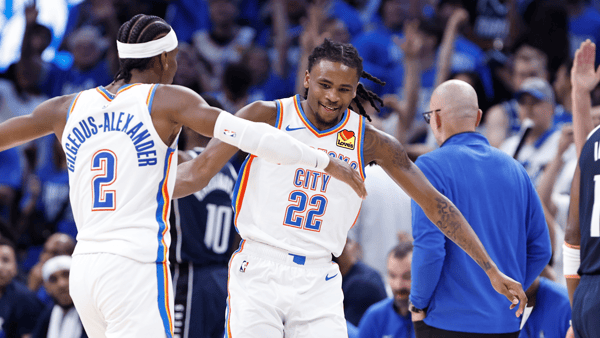
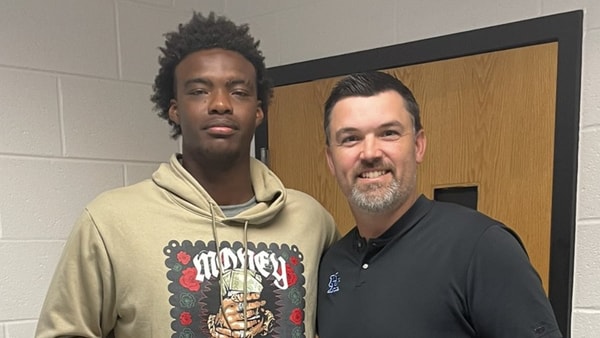
Discuss This Article
Comments have moved.
Join the conversation and talk about this article and all things Kentucky Sports in the new KSR Message Board.
KSBoard